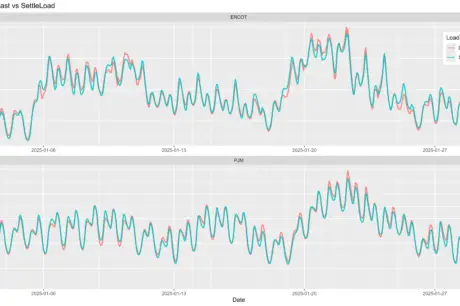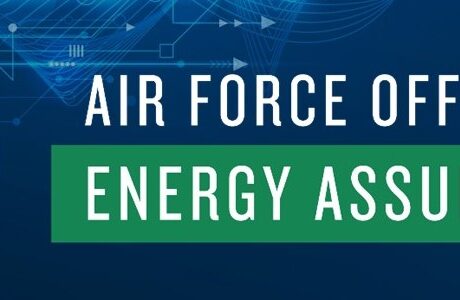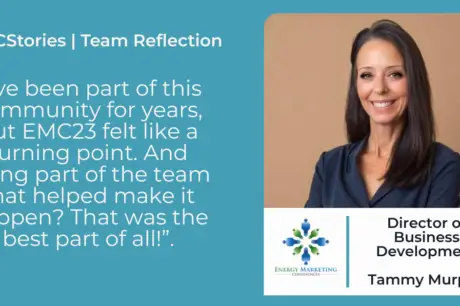Inflation is impacting all aspects of business these days, and energy is no exception. A rise in inflation is being driven by supply and demand mismatches in the current market, a shift in consumer demand resulting from the global pandemic, and impacts from the Russian invasion of Ukraine. With the increased costs of oil, natural gas, and coal, we are witnessing a rebalancing of the equation between traditional energy sources and renewable energy solutions.
Over the last decade, we have seen the price of solar energy decrease significantly; while that trend has paused, we are now seeing that renewables are becoming very competitive from a cost perspective. In forecasting their future financials, companies are accounting for higher inflation, which adds a new level of uncertainty to the many assumptions needed to be made during the budgeting process.
Renewables offer a remedy that makes customers partially immune to energy inflation.
By placing power generation on your roof, over your parking lot, or via virtual community solar projects, companies are able to lock in their cost of electricity over an extended period of time. In doing so, companies are looking very smart for diversifying their energy sources, while also hedging against future inflation by locking in a stable rate for all or a portion of their electricity needs. Additionally, by reducing their carbon footprint these firms are also looking astute from an environmental and ESG scoring perspective.
It’s a constant question companies face: How do we go about learning what options are available and which solutions are best for our given situation? It only makes sense to engage with energy advisors, energy marketers, and energy professionals who have already grappled with this question, who can bring tried solutions to meet your needs.
Energy firms that are up to date on the latest incentives provided by federal, state, and local governments may apply added savings into a renewable energy project. Most new renewable energy customers and projects are seeing that the net present value of their renewable or solar investments have risen, and paybacks have decreased with the increase in fossil fuel costs.
Consumers are increasingly switching to electric vehicles (EVs) to reduce their gas consumption and many companies are responding by accelerating their move to cleaner energy solutions. Others are taking it a step further by including battery storage. Solar (or wind) paired with battery storage can smooth out the consumption of power generated from the sun – into the evening or other times that are optimal for a given company, while also providing back-up resilience during extreme weather events.
Nowadays there is increasing demand for alternative energy solutions. The companies that learn from experienced energy industry professionals can take advantage and reap the benefits sooner.
Written By: Henry Cortes, CEO, Core Development Group















